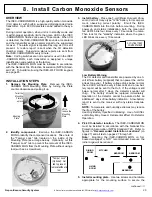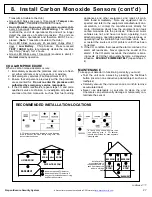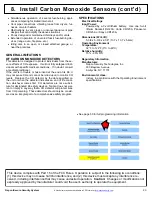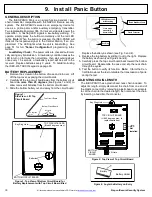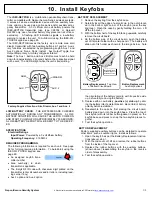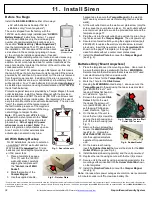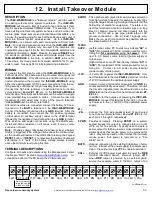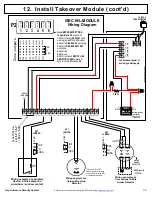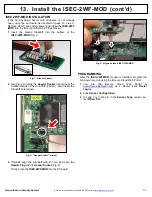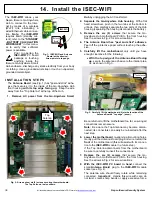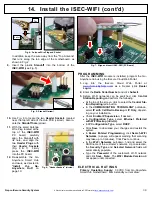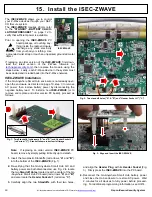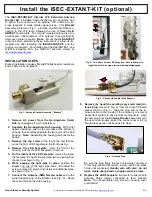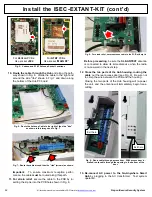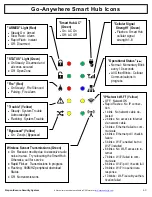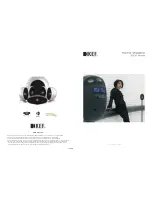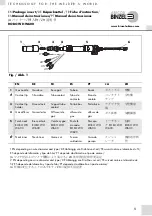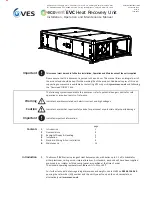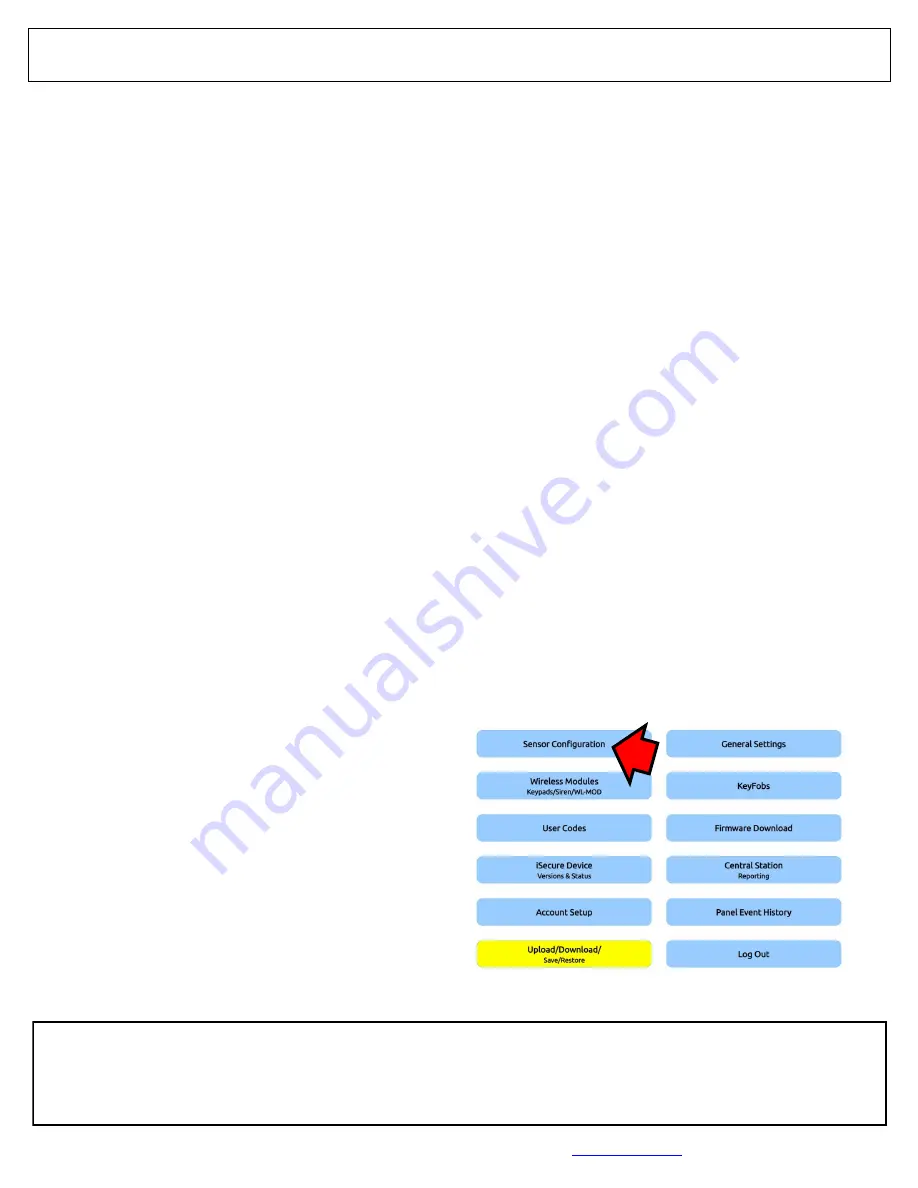
Napco iSecure Security System
All technical manuals are available in PDF format at
tech.napcosecurity.com
29
8. Install Carbon Monoxide Sensors (cont'd)
•
Simultaneous operation of several fuel
-
burning appli-
ances competing for limited internal air
•
Vent pipe connections vibrating loose from dryers, fur-
naces, or water heaters
•
Obstructions in vent pipes or unconventional vent pipe
designs that can amplify the above situations
•
Poorly designed or maintained chimneys and/or vents
•
Extended operation of unvented fossil fuel
-
burning de-
vices (range, oven, fireplace, etc.)
•
Idling cars in an open or closed attached garage, or
near the premises
GENERAL LIMITATIONS
OF CARBON MONOXIDE DETECTORS
This detector is designed to protect individuals from the se-
vere effects of CO exposure. It will not fully safeguard indi-
viduals with specific medical conditions. If in doubt, consult
a medical practitioner.
If the unit is in trouble or has arrived at the end of its life, it
may not sense CO and cannot be relied upon to monitor CO
levels. Replace the CO detector by the date specified on
the unit or when the detector indicates an end of life condi-
tion, whichever comes first. CO detectors are not a substi-
tute for designated life safety devices. Napco does not war-
rant or imply in any way that a CO detector will protect lives
from CO poisoning. These detectors should only be consid-
ered as an integral part of a comprehensive safety program.
SPECIFICATIONS
Electrical Ratings
Input Power:
Powered by a 3
-
volt lithium battery. Use one 3
-
volt
lithium Duracell DL123A, Varta CR123A, Panasonic
CR123A or Sanyo CR123A.
Dimensions (W×L×D):
5
-
3/8 x 5
-
3/8 x 2
-
1/8" (13.7 x 13.7 x 5.4cm)
Operating Environment
Temperature:
32°F to 122°F (0°C to 49°C)
Relative humidity:
15%
-
95% RH
Regulatory Information
Manufacturer:
Napco Security Technologies, Inc.
333 Bayview Avenue
Amityville, NY 11701
Environmental class:
Indoor, in accordance with the Operating Environment
specifications.
This device complies with Part 15 of the FCC Rules. Operation is subject to the following two conditions:
(1) this device may not cause harmful interference, and (2) this device must accept any interference re-
ceived, including interference that may cause undesired operation.
Caution:
Changes or modifications not
expressly approved by manufacturer could void the user's authority to operate the equipment.
•
See page 50 for full programming information











